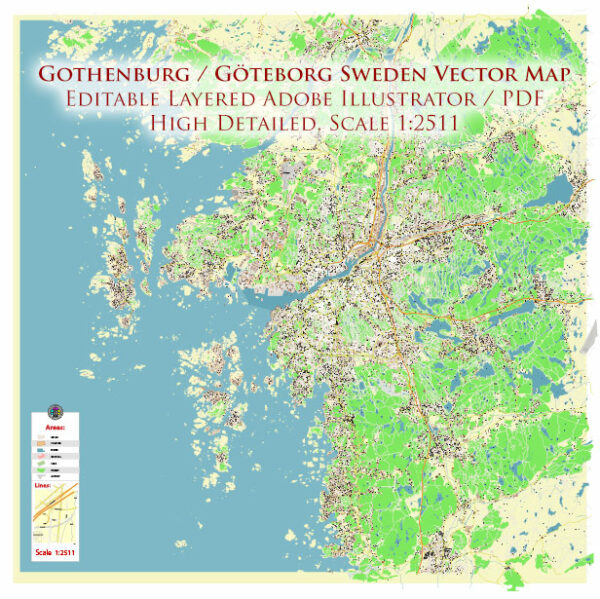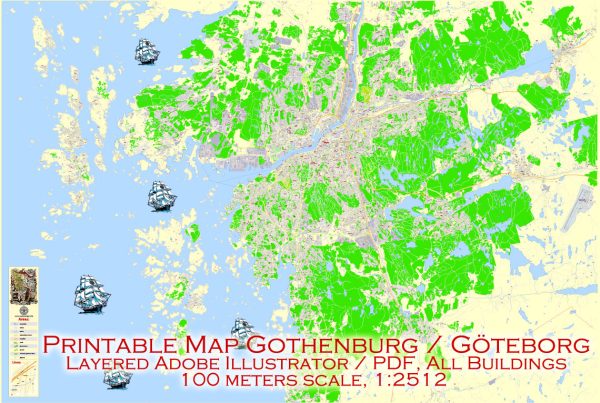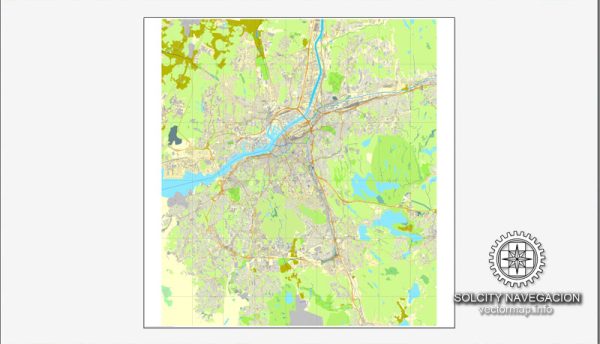Gothenburg, Sweden, has a rich history of urban development that spans several centuries. The city, known as Göteborg in Swedish, is located on the country’s west coast and has played a significant role in Sweden’s economic and cultural landscape. Here’s a brief overview of the history of urban development in Gothenburg:
- Foundation and Early Years (17th Century): Gothenburg was founded in 1621 by King Gustavus Adolphus of Sweden. The city was established to be a major trade and maritime center on the west coast, challenging the dominance of the Hanseatic League in the region. The Dutch architect and city planner Willem de Besche played a crucial role in designing the city layout.
- Trade and Commerce (17th-18th Centuries): Gothenburg quickly grew into a bustling trading port, attracting merchants and settlers. The Swedish East India Company, founded in 1731, had its headquarters in the city, contributing to its economic prosperity. The city’s layout featured a grid pattern with wide streets, which was relatively innovative for its time.
- Industrialization (19th Century): The 19th century saw significant industrialization in Gothenburg. The construction of the Göta Canal in the early 19th century enhanced the city’s connectivity, facilitating trade and transportation. Industries such as shipbuilding, manufacturing, and textiles flourished, leading to a population boom and the expansion of urban areas.
- Expansion and Modernization (Late 19th-early 20th Centuries): Gothenburg continued to expand, and the city underwent modernization efforts during the late 19th and early 20th centuries. The construction of railways and the development of a tram network improved transportation within the city. New neighborhoods and suburbs emerged to accommodate the growing population.
- Post-War Development (20th Century): Like many European cities, Gothenburg faced challenges during World War II. After the war, the city experienced a period of reconstruction and growth. In the mid-20th century, there was an increased focus on urban planning, with an emphasis on housing, infrastructure, and public spaces.
- Contemporary Urban Development: In recent decades, Gothenburg has continued to evolve as a modern and sustainable city. The development of innovative architecture, cultural institutions, and a focus on environmental sustainability are prominent features of contemporary urban development. The city has also invested in public transportation, green spaces, and waterfront redevelopment projects.
Today, Gothenburg is a dynamic and cosmopolitan city with a blend of historic charm and modern amenities. Its urban development reflects a balance between preserving historical elements and embracing innovation for a sustainable future.




 Author: Kirill Shrayber, Ph.D.
Author: Kirill Shrayber, Ph.D.